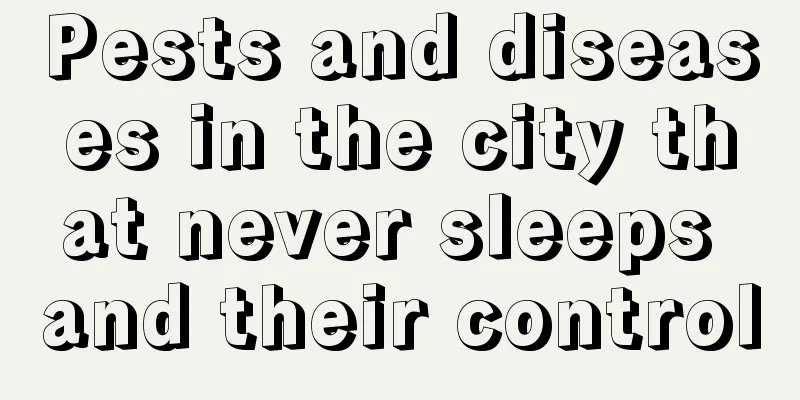Pests and diseases in the city that never sleeps and their control

Root rot in the city that never sleepsRoot rotMost root rot diseases are caused by wounds being invaded by pathogens and improper planting management, excessive watering and fertilization, overly wet soil in the pot, and suffocation of the roots, which leads to rot. PreventionLoosen the soil frequently to allow the roots of the evergreen tree to breathe. Do not overwater to avoid water accumulation, which will cause poor breathing of the roots. Pay attention to the frequency of fertilization. It is not advisable to fertilize during the dog days to avoid root rot. If you find that the Everbright City has root rot, you should dig up the original plant in time, cut off the rotten roots, soak it in 5000 times potassium permanganate solution for one hour, and then replant it with new soil. Anthracnose and Botrytis cinereaAnthracnose and Botrytis cinereaA hot and humid environment can easily cause anthracnose and gray mold. It will reduce the ornamental value of the City That Never Sleeps, and in severe cases may cause plant necrosis. PreventionIt is hot and rainy in summer, so pay attention to rain protection and do not water too much. If the City That Never Sleeps is found to be infected with anthrax and gray mold, you can spray it with 500-600 times diluted 70% thiophanate-methyl wettable powder or 50% carbendazim wettable powder. Scale insectsScale insectsScale insects are very annoying pests with hard shells. It's a huge blow to the city that never sleeps. PreventionKeep a habit of checking for pests. Scale insects are in the first age stage within 1 to 3 days. At this time, it is best to buy pesticides and spray them to kill them in the cradle without giving them the opportunity to do harm. Aphids in the city that never sleepsaphidAphids are a common disease of bonsai cultivated at home. Aphids are small and their breeding period is from March to October every year. They gather on the young leaves of the plants and suck the sap from the leaves, which harms the health of the plants. Aphids cannot be removed manually like other pests, so some pesticides or physical treatment methods are often required. PreventionIn the early stage of aphid infestation, artificial aphid prevention measures should be taken, and the aphids should be brushed off with a brush or a brush. Use 50 grams of fresh chili pepper or dried red chili pepper, add 30 to 50 grams of water, boil for about half an hour, and use the filtrate to spray the City That Never Sleeps, which will have special effects. Chemical control. |
<<: Common diseases of glazed palace and their prevention and treatment methods
>>: Common diseases and pests of heavy fan and their control methods
Recommend
How to grow dragon bone flower
1. Soil Dragon bone flower is a plant of the Euph...
What are the cultivation methods and precautions of hydrangea?
Hydrangea cultivation method Hydrangea prefers a ...
Sweet potato planting time and method
Sweet potato planting time For sweet potatoes, th...
Can the soil of Clivia be changed in winter? (How to change the pot and soil of Clivia in winter)
Can I change the potting soil of Clivia in winter...
Succulent varieties suitable for hydroponics
Commelinaceae Most of the succulents belonging to...
How to grow Coreopsis large-flowered
Farming methods soil Coreopsis large-flowered is ...
How to grow purple lucky grass
Purple Clover Growing Conditions Purple clover pr...
What is the best season to plant sunflowers?
What month is suitable for planting sunflowers? S...
What are the charms of the 10 most popular flowers among flower lovers?
Pothos Reasons for being on the list: Purify the ...
When is the best time to sow rice in Northeast China?
Northeast rice planting time Northeast rice is an...
Why are the leaves of Anthurium turning yellow and dry?
Self-growth Metabolism If you find that the leave...
How to remedy the root rot of the fortune tree
1. Treatment methods If root rot occurs, the situ...
Can peonies be grown indoors?
Can peonies be grown indoors? Peonies can be grow...
Flower name combination
Impatiens camellia Camellia Balsam - It sounds li...
How to grow hosta on the balcony, what should you pay attention to
1. Sunlight Supplement Hosta is a shade-loving pl...









